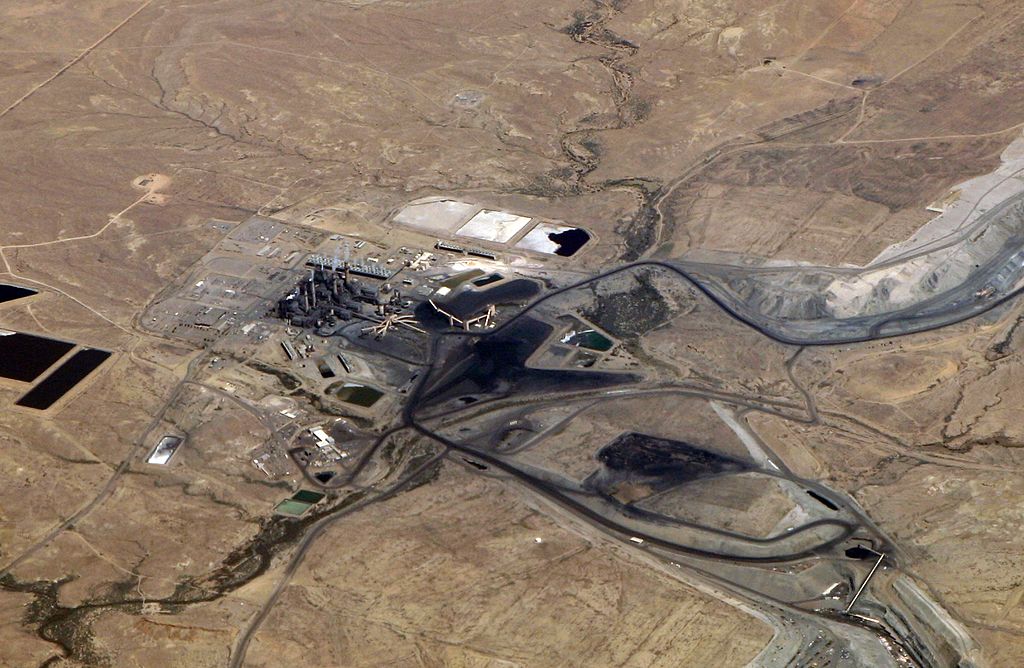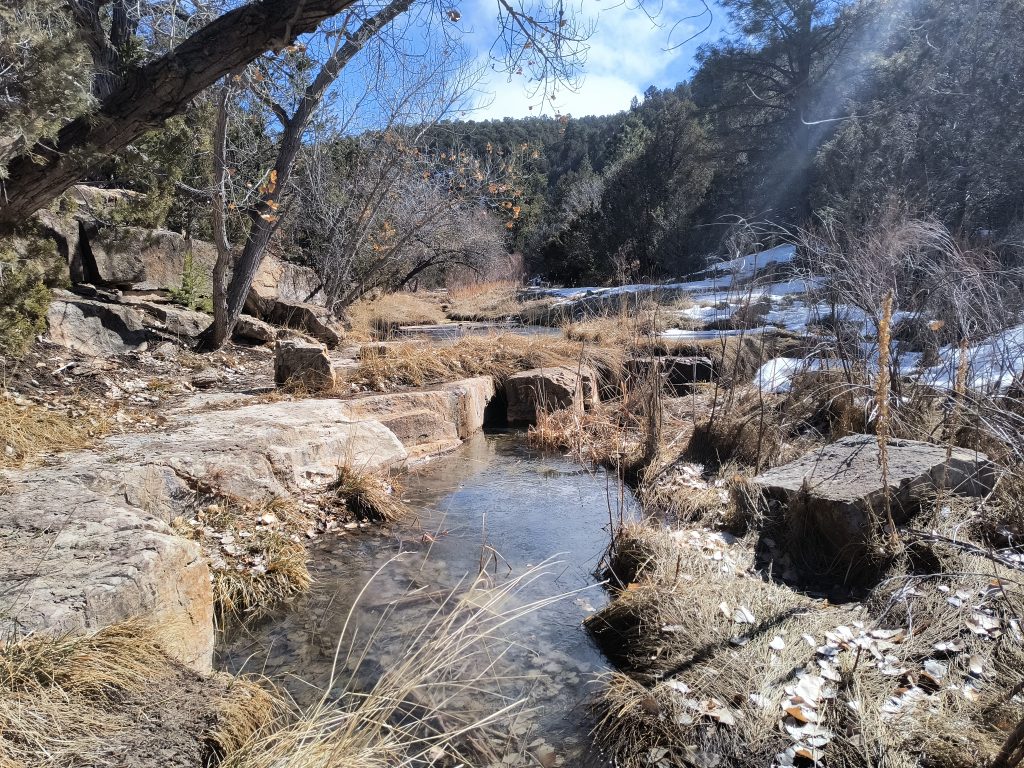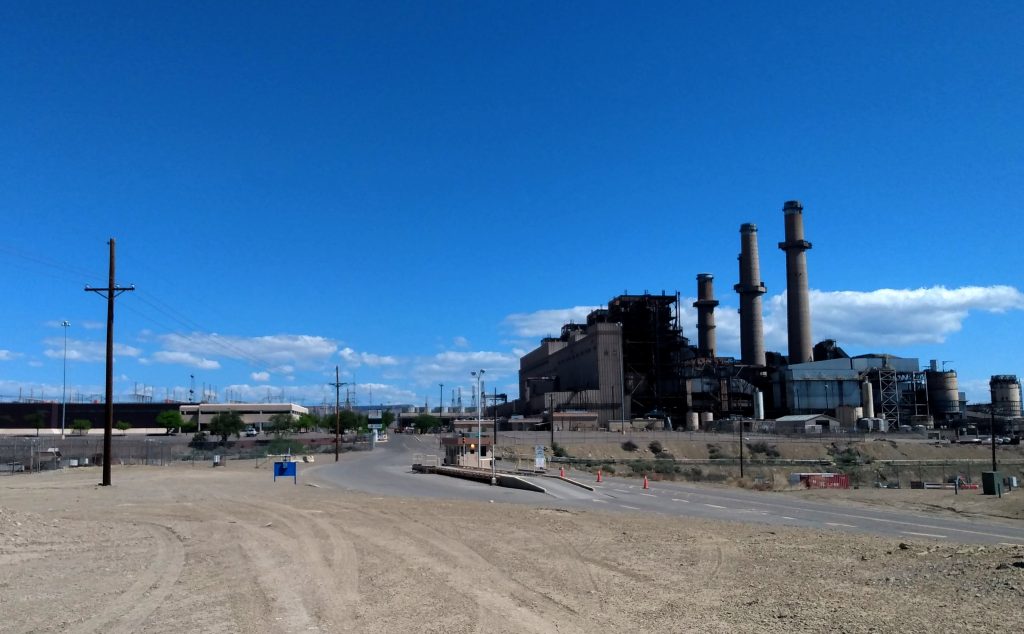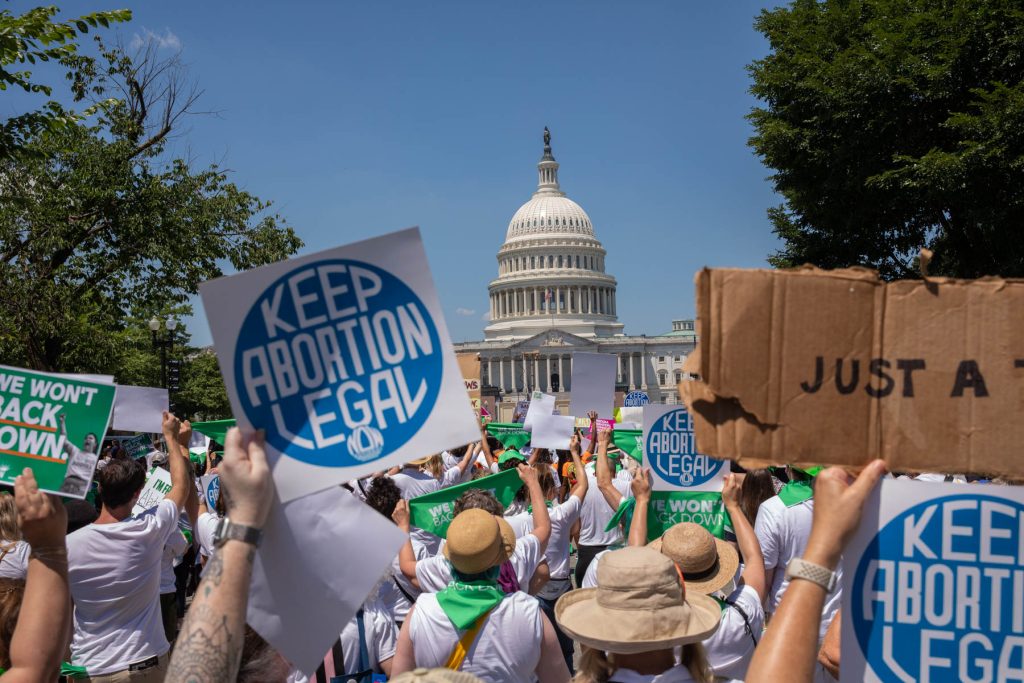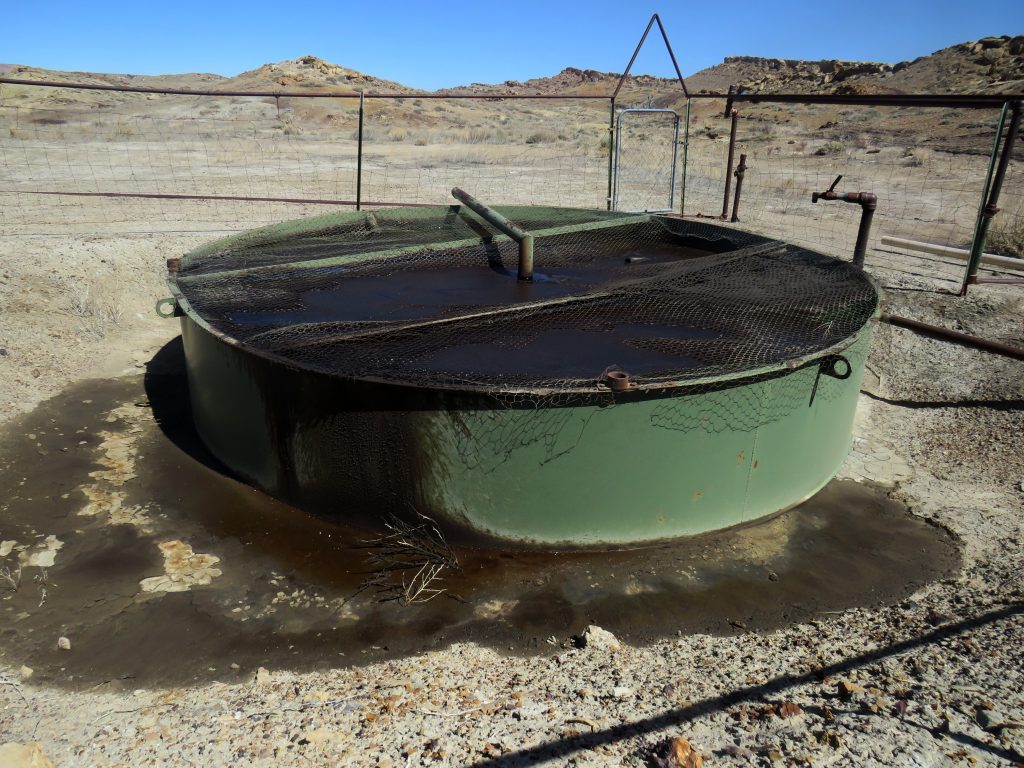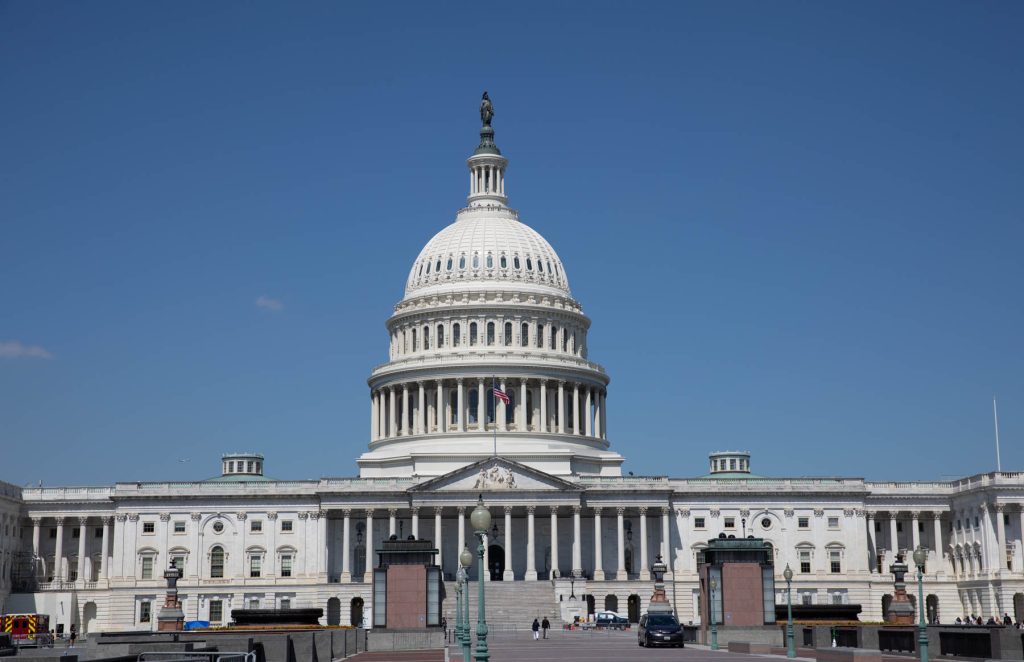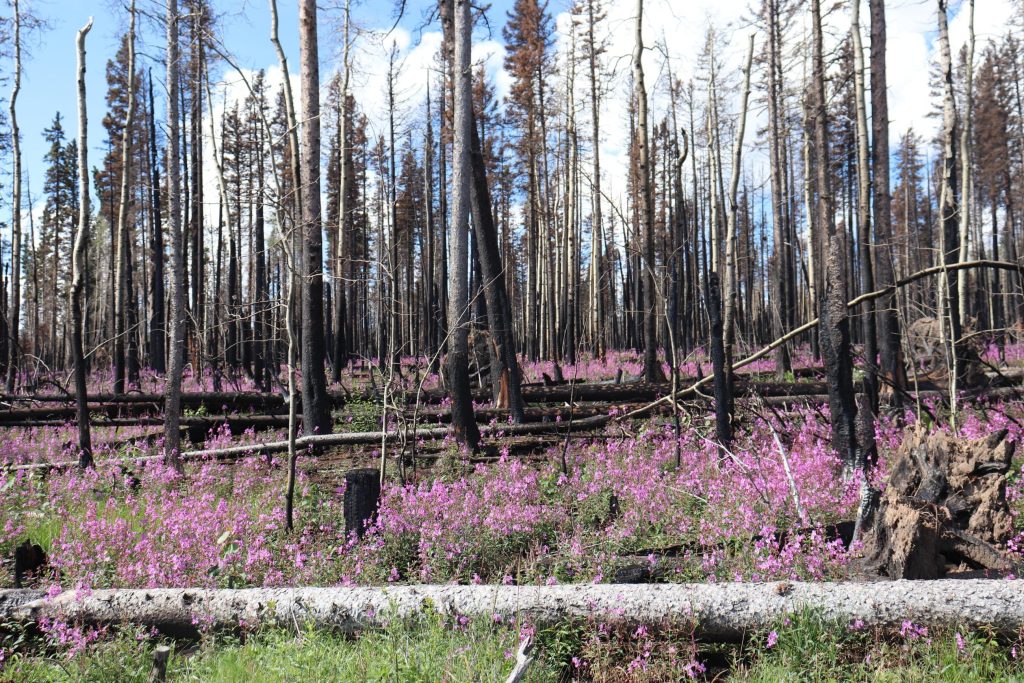A bill scheduled to come before the Senate Conservation Committee on Saturday has some environmental groups and the state’s largest electric utility facing off over financing the retirement of a coal-fired power plant.
If passed, the bill would create a bond financing mechanism allowing Public Service Company of New Mexico, or PNM, to recover “stranded” costs associated with its planned closure of the San Juan Generating Station near Farmington. The bill would allow the utility to form a subsidiary that could issue low-interest “energy redevelopment bonds” and recover more than $300 million.
Senate Bill 47 is sponsored by Albuquerque Democratic Sen. Jacob Candelaria, an attorney, and Republican Sen. Steven Neville, a real estate appraiser from Aztec. Its counterpart, House Bill 80, is also a bipartisan bill, sponsored by Rep. Roberto Gonzales, D-Ranchos de Taos, and Republican Minority Whip Rod Montoya, a miner from Farmington.
Candelaria said he is sponsoring the bill to help the community around the power plant. He added that the bill would provide another resource for the state Public Regulation Commission (PRC), which oversees utility rate increases.
“The fundamental thing it does is give the PRC a new financing option,” Candelaria said.
In late 2017, two of San Juan’s four units were shut down to cut regional pollution and comply with the Clean Air Act. Based on the company’s economic forecast, PNM now plans to close the power plant’s final two units in 2022.
“New Mexico has lagged behind in economics in terms of our sister states just around us, and with a declining population and not much new business activity, that holds load growth down,” said Raymond Sandoval, spokesman for PNM. “The second thing, is with the price of natural gas and the price and technology of renewables coming down significantly, it’s more economical at this point to transition out of coal.”
But, he said, it’s impossible to just switch off a coal plant. That’s why PNM needs the New Mexico Legislature to pass Senate Bill 47. “We want to be able to responsibly close the San Juan Generating Station,” he said. “It’s important we save customers money, it’s important we are responsible to the Farmington-Four Corners area and it’s important for us to incentivize our shareholders, that investing in the green economy is something that’s still in their favor.”
The original bill was supposed to start moving through committee last week, but a substitute bill has now been introduced, following negotiations with some environmental groups including Environment New Mexico, the Sierra Club, Natural Resources Defense Council and Western Resource Advocates.
“The bill started off as a way to close down San Juan, and didn’t discuss future generation,” Sandoval said. “Their concerns have made the bill even better and more helpful to the Four Corners region.”
Now, he explained, the bill includes a provision related to renewable energy: If the bonds are applied for and utilized, the state’s Renewable Portfolio Standard would require PNM to produce 40 percent of its electricity from renewables by 2025 and 50 percent by 2030.
And, a portion of the bond proceeds—up to $19 million, according to the substitute bill—would be transferred to the county where the plant is being “abandoned.” Those funds would encourage new economic development in the Four Corners region, Sandoval said.
“Finally, one of the points being negotiated now, is environmental groups wanted to have a concession about ownership,” he said. There are a number of reasons why PNM wants to own power generation facilities. One is the property tax issue, he said, and the other is the ability to “bring them on- and off-line quickly.”
If the bill passes, 50 percent of the replacement energy facilities would be owned by PNM, and 50 percent would be owned by an outside entity.
According to the bill’s fiscal impact report, the bond financing scheme could apply not just to PNM’s closure of the San Juan Generating Station and the San Juan Coal Company. It could also apply to three other coal-fired power plants: PNM’s Four Corners plant—scheduled to close in 2031—and Southern Public Service Company’s Tolk Generating Station and Harrington Generating Station in Texas.
Not everyone’s on-board
New Energy Economy’s Executive Director Mariel Nanasi said her group was not among those in discussions with PNM. “We’re not negotiating with PNM. We’ve never been invited, and we wouldn’t,” she said. “We have fundamental problems with the bill.”
Nanasi said the bill will place the burden for PNM’s underappreciated assets at San Juan onto ratepayers, while guaranteeing shareholder investments.
She added that the state’s Public Utility Act allows utilities to recover up to 50 percent of their undepreciated investment. Under that law, the Public Regulatory Commission (PRC) is supposed to balance that between a utility’s customers and its investors.
It’s unlikely PNM would reach that 50 percent threshold, Nanasi said, given that the plant’s closure isn’t related to equipment failure or an external factor, such as federal environmental regulations. “PNM has admitted that it’s no longer cost effective for them or the ratepayers to keep the plant open post-2022,” she said. “That’s a huge distinction.” The bill, Nanasi said, undermines state law and allows PNM to do an “end run” around the PRC.
She also pointed out that it’s “absurd” to rush a financing order before PNM has filed its coal plant abandonment case at the PRC.
New Energy Economy currently has three cases against PNM pending before the New Mexico Supreme Court. Those cases deal specifically with the purchase of additional coal, and whether that is prudent and the most cost-effective decision.
“Implementing this law would essentially make meaningless a victory in the New Mexico Supreme Court, and [legislators] aren’t allowed to do that,” Nanasi said. “If this law says they get full recovery for San Juan or Four Corners, and I win in the Supreme Court [that ratepayers should not pay for those costs], then this legislation will trump that victory and say ratepayers have to pay for these costs anyway.”
According to the PRC’s analysis of S.B. 47, the bill would limit the commission’s oversight and authority in more than ten different ways, including limiting its ability to decide on the appropriate amount a utility can recover for its stranded costs.
Legislative Finance Council analysts note in their fiscal impact report:
This bill removes authority from the PRC. This diminution in authority does not result in a decrease in responsibility, since the PRC’s overriding function is to balance the needs of bondholders, ratepayers and all of the other stakeholders in the affairs of the regulated utility. This bill will make this task more difficult for PRC. Whatever performance measures adopted by PRC are bypassed by the provisions of this bill.
They also note that the bill’s shortened time frames conflict with state statute, possibly precluding the PRC from scheduling public hearings, “even on controversial points.” In addition, they write that including the reclamation of coal mines within the energy redevelopment costs to be financed by the bonds is a “major reversal of long-standing policy and tradition.”
Candelaria said he is fully aware of criticism of the bill, but said conversations about it need to be more constructive and less “vindictive.”
“We all lose under that scenario,” Candelaria said.
On Saturday, S.B. 47 is scheduled to come under the scrutiny of the Senate Conservation Committee, as well as environmental groups and people who live in the Four Corners.
“The closing of San Juan Generating Station presents a huge opportunity for our state to replace all that coal-fired polluting energy with clean, renewable energy,” said Liliana Castillo, spokesperson for Conservation Voters New Mexico. “That’s why we were at the table, trying to make this proposal the best it can be for the Four Corners area, which has provided energy to New Mexico for decades.”
Negotiations haven’t addressed all of the group’s concerns, and likely won’t before the bill’s first committee hearing. “Obviously, guaranteeing that PNM will close the coal plant is the top priority, then the other main thing is that we have to address all of the impacts of closing the plant, all at once,” she said. “We’re focusing on trying to make sure the senate bill addresses the environmental, economic and justice impacts of closing the coal plant—and that we don’t leave the people in the Four Corners behind when it closes.”

